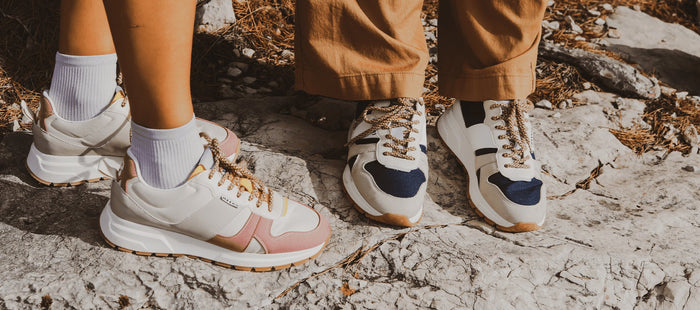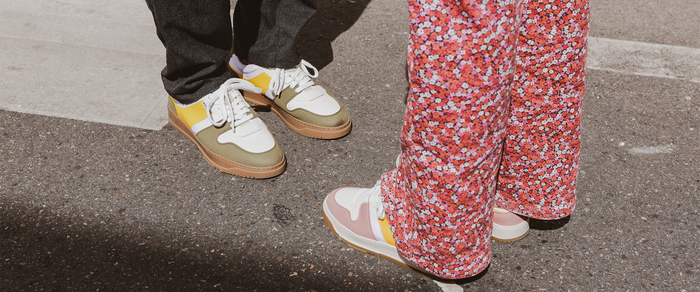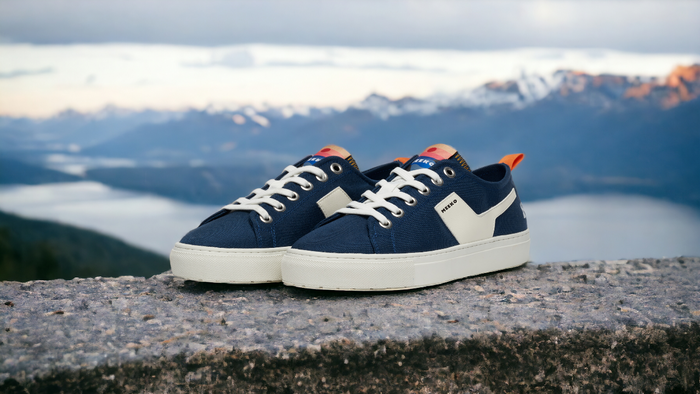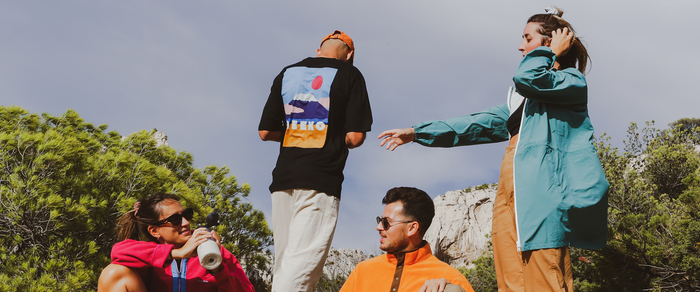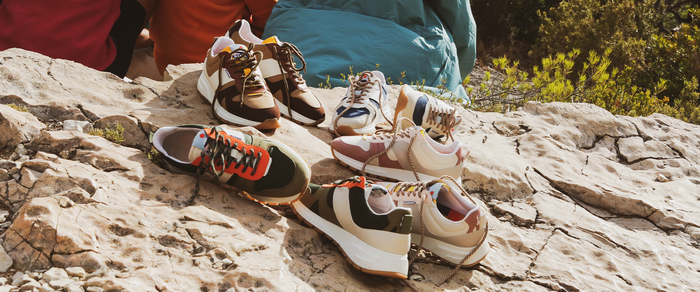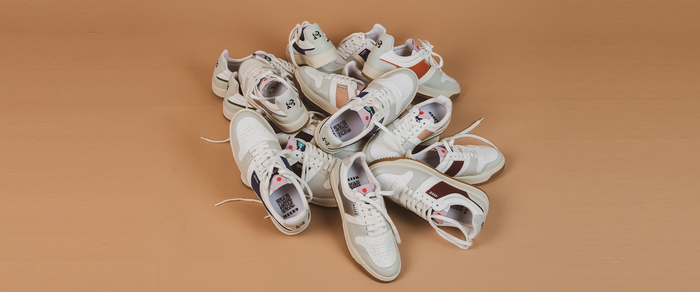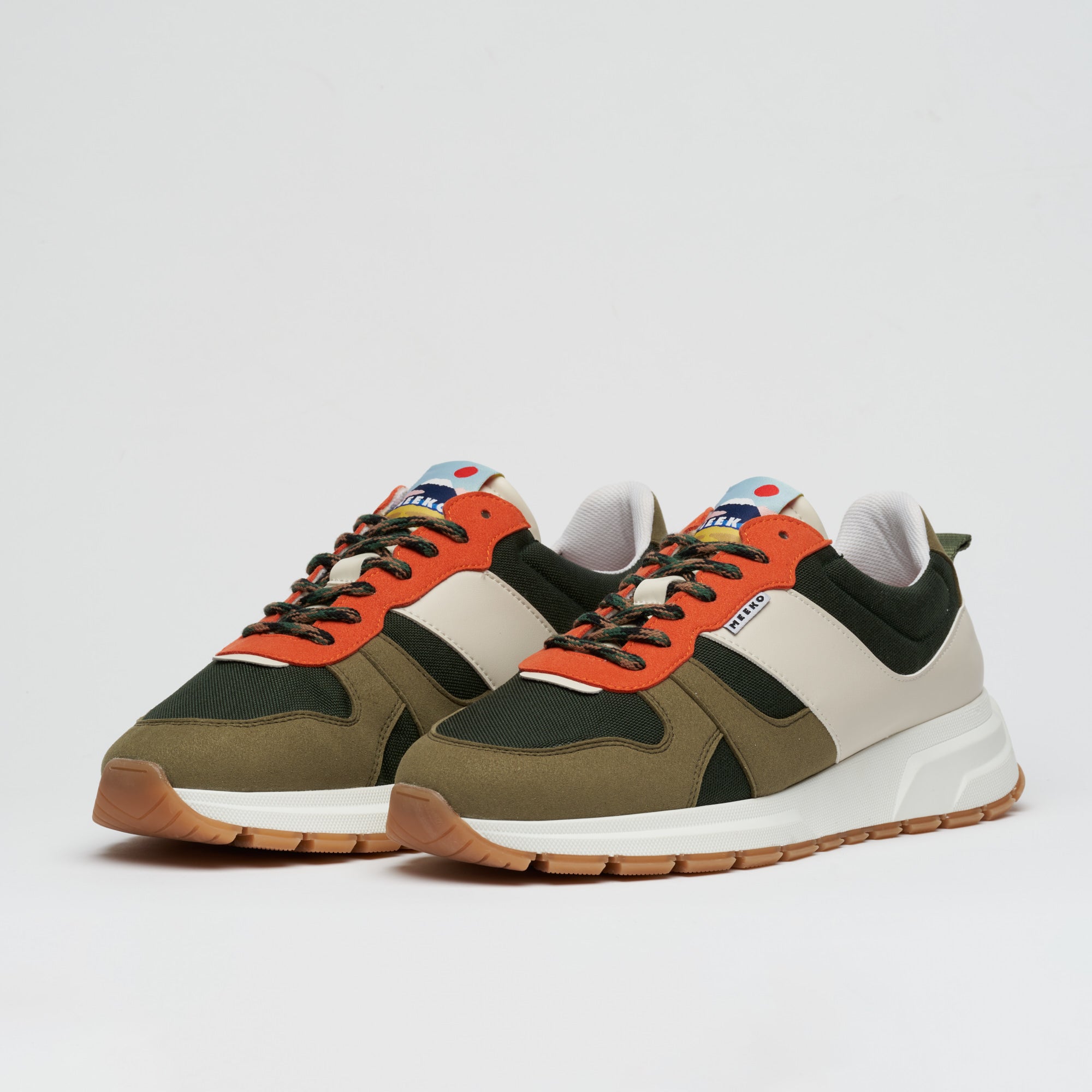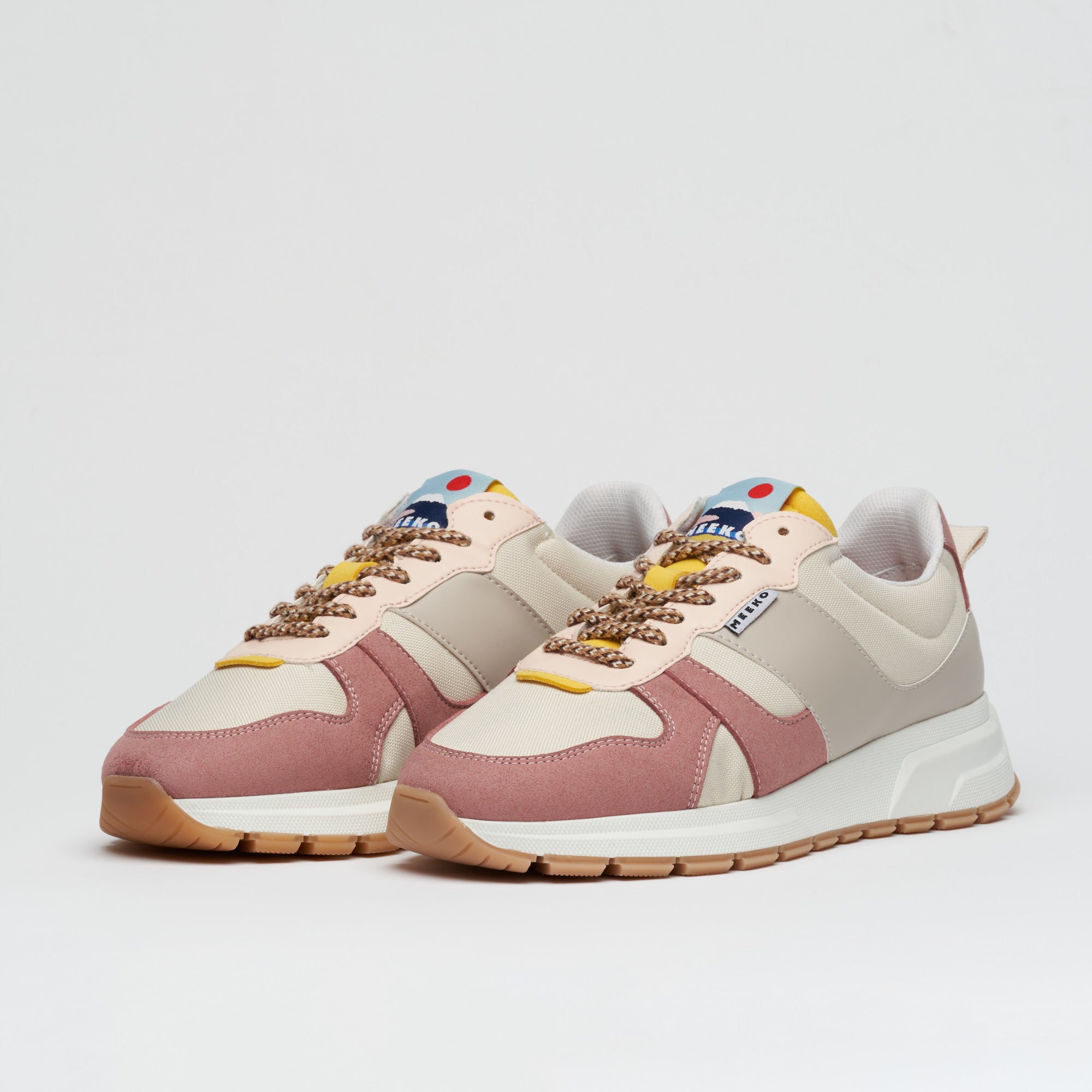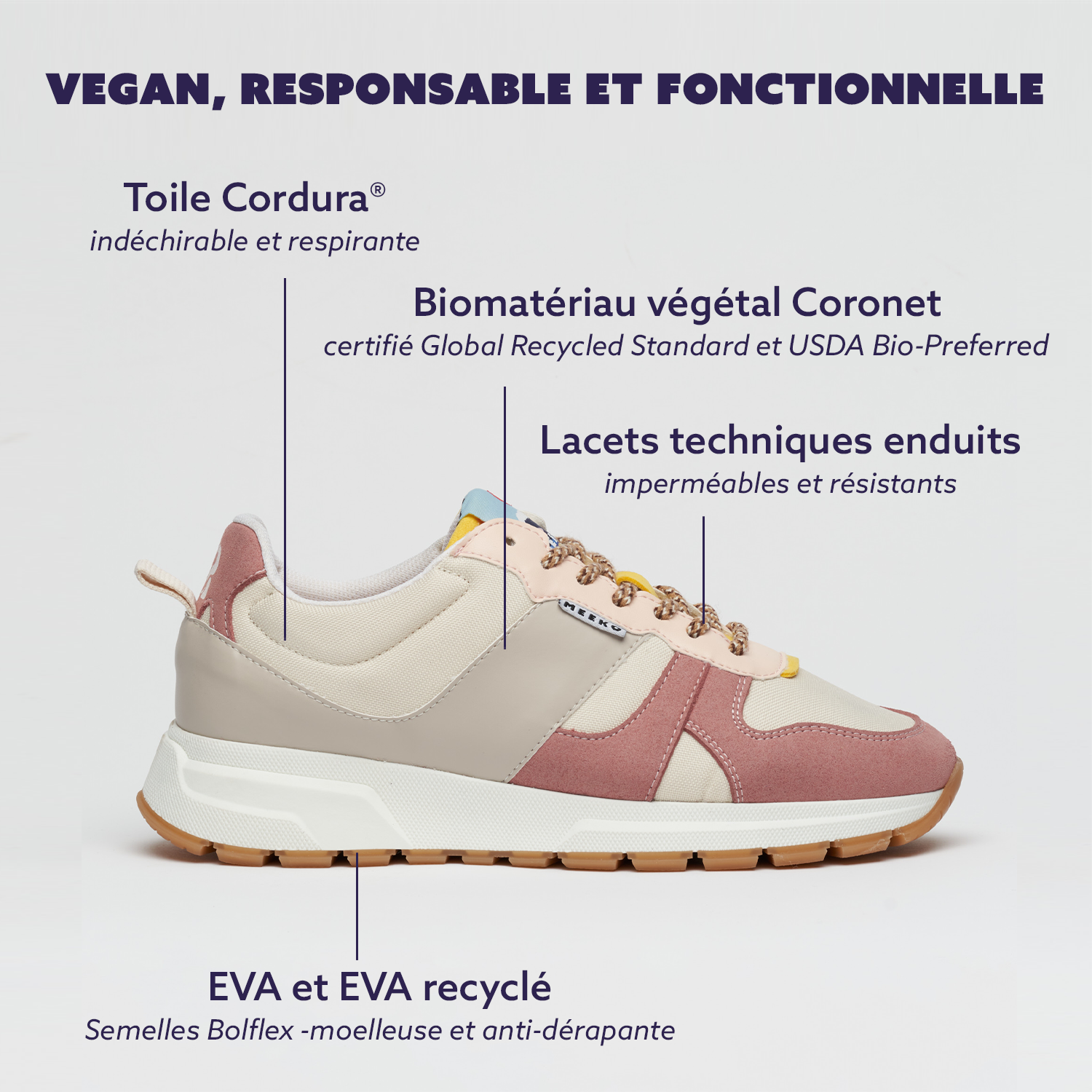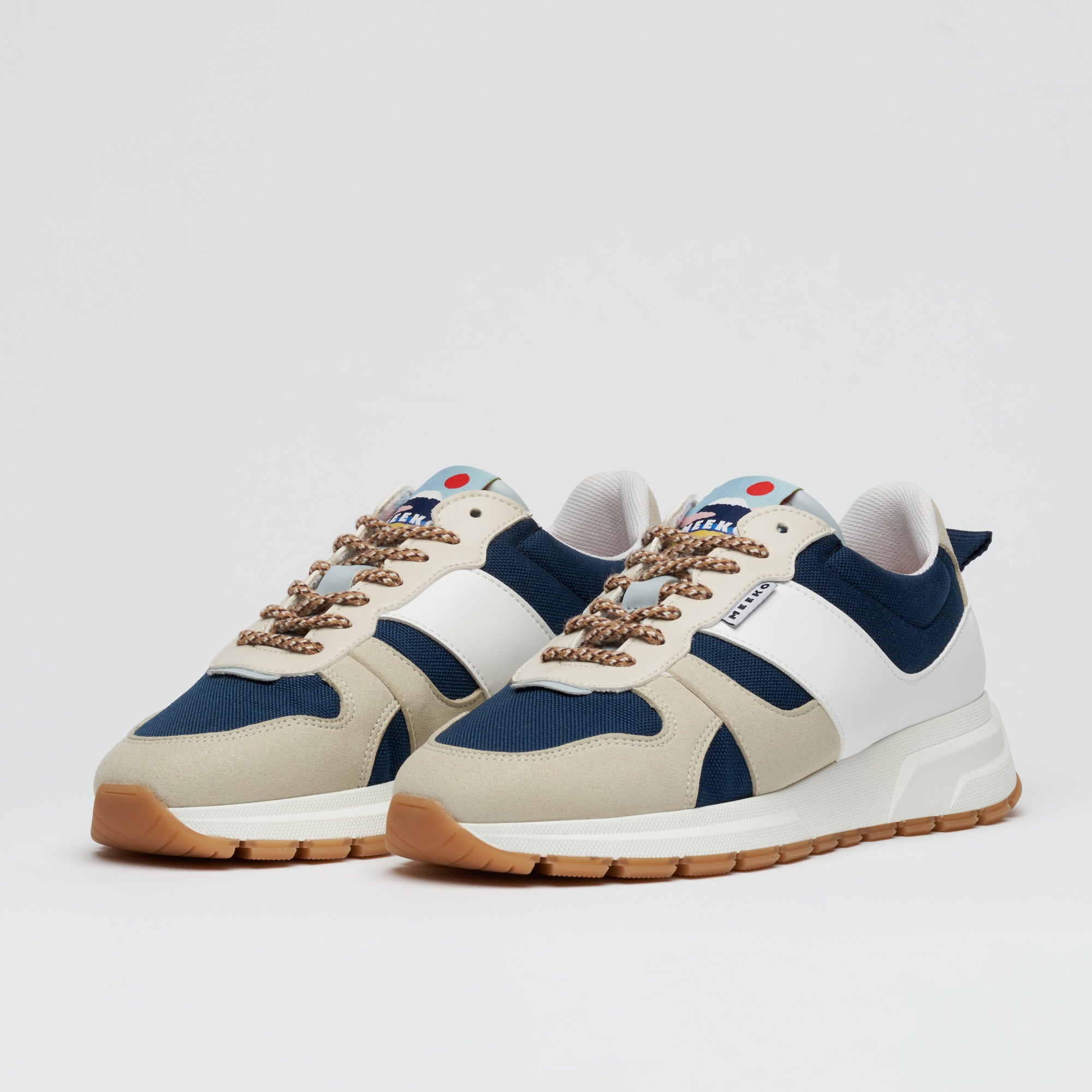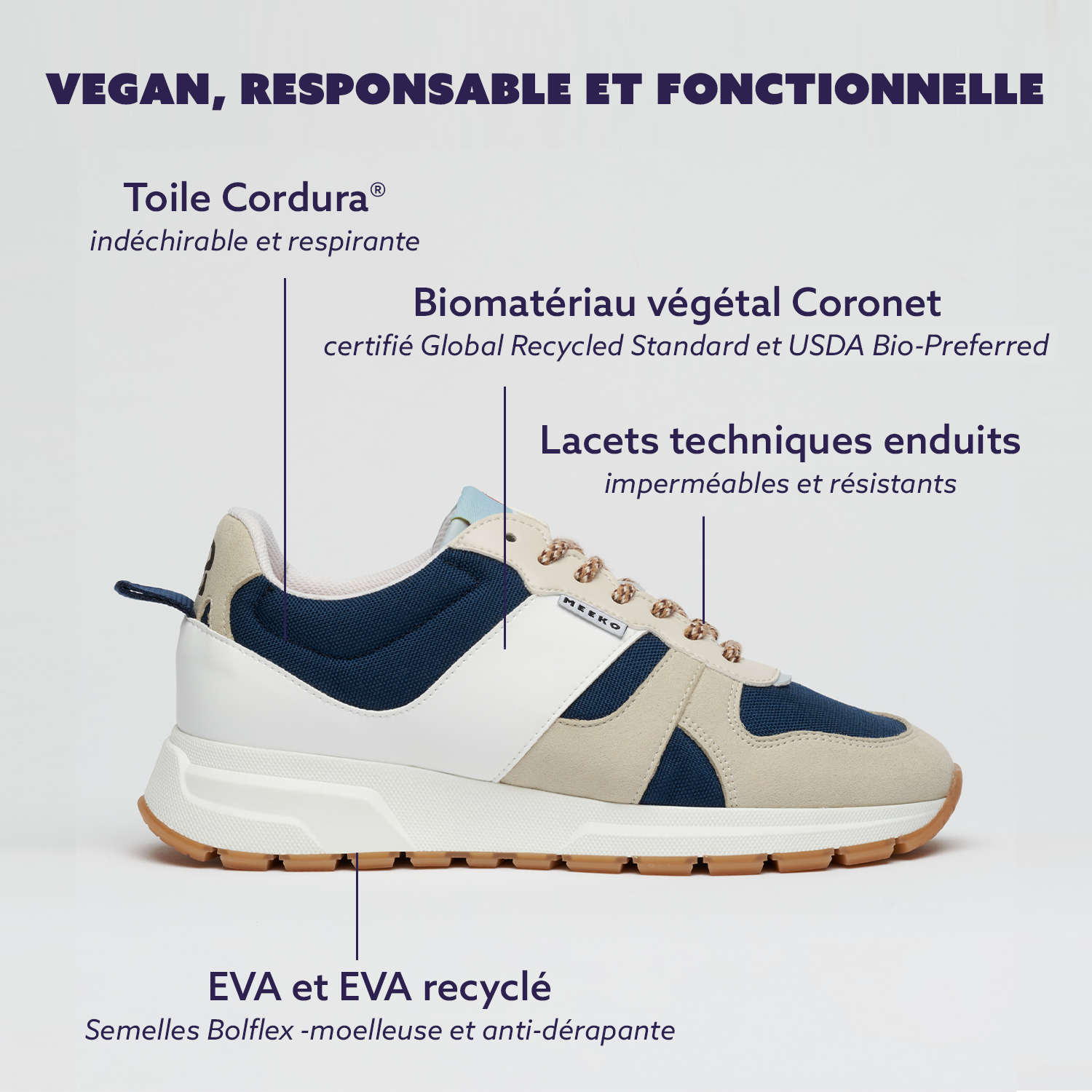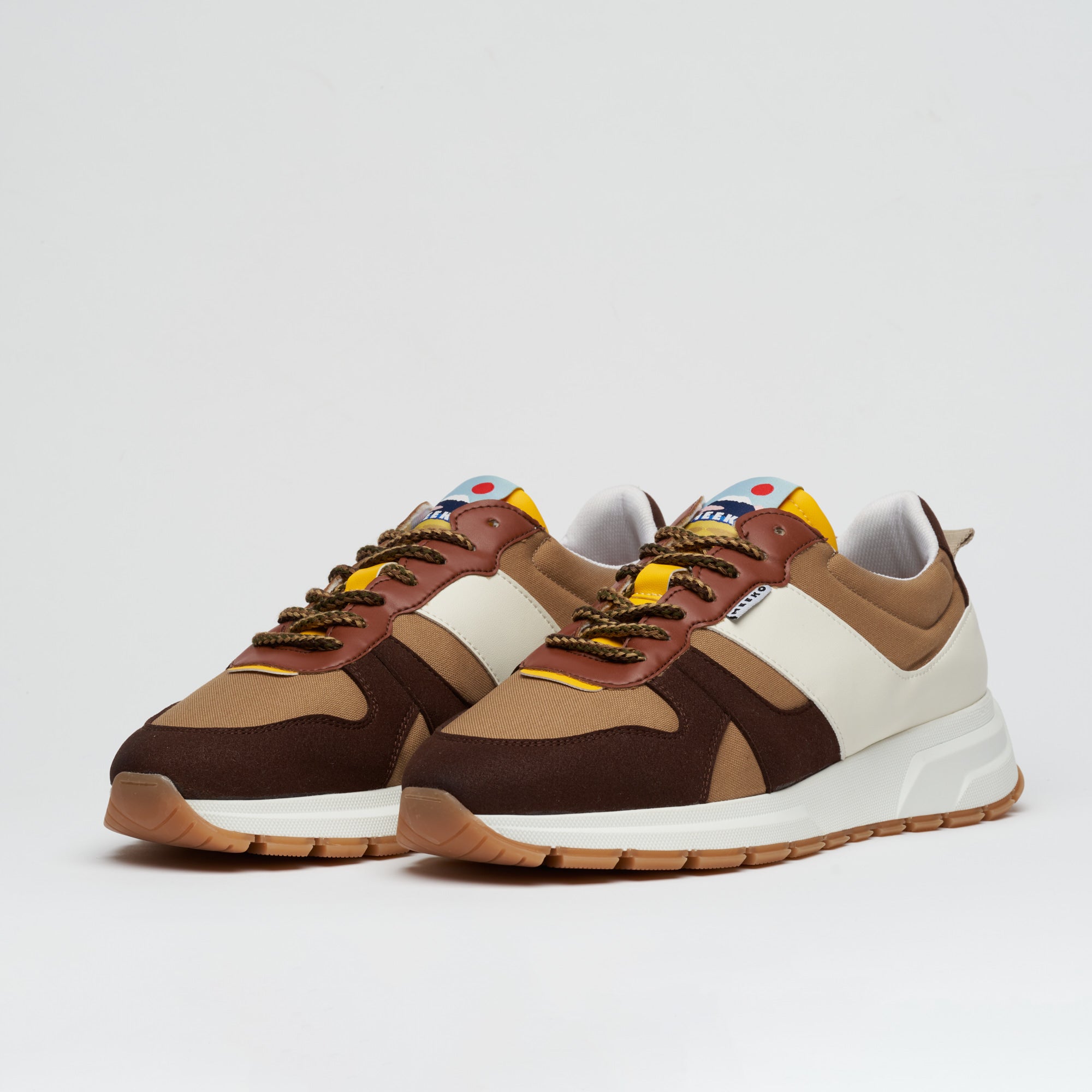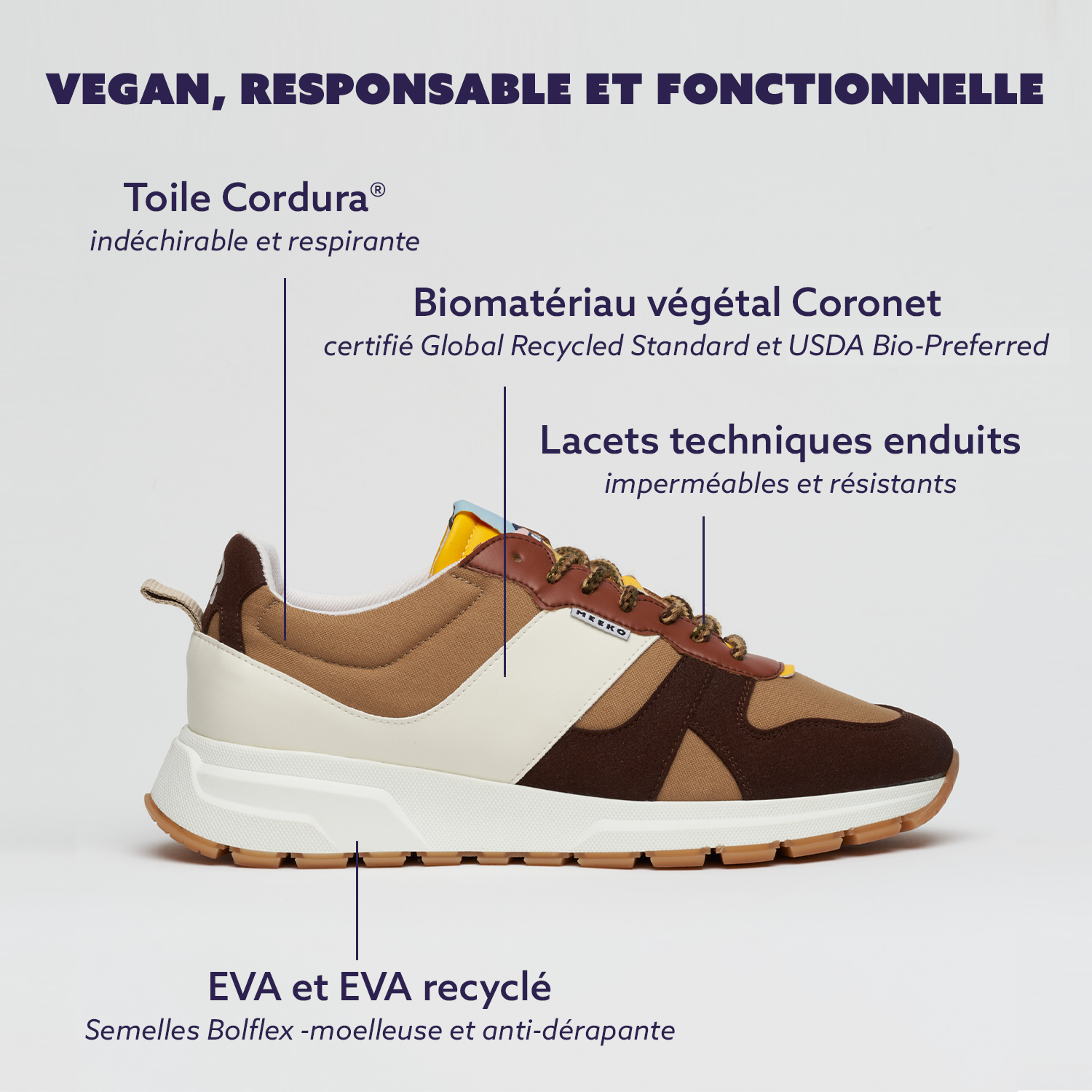Where do our clothes end up? A look back at Hugo Clément's documentary
The recycling of household waste has become commonplace for the daily lives of families who devote themselves to ecology. This also involves clothing, which instead of ending up in a recycling center, is deposited at collection points. These make it possible to fill several containers which will be transported to different countries in order to benefit the poorest families. The treatment of these collected clothes also promotes the reuse of textile materials in order to make original pieces in the context of upcycling. But the reality is not yet very convincing when the veil is lifted on the destination of these clothes at the end of their life. A look back at Hugo Clément's documentary entitled “Sur le front”: Where do our clothes end?

The harsh reality of collection terminals: only 3% of second-hand clothes are redistributed
To prevent bulky pieces of clothing lying around in cupboards from ending up in the trash or in recycling centers, various household waste collection points and several collective drop-off points have been set up. The collection of second-hand clothes brings a new image to retail brands. It also allows consumers to take advantage of discount coupons while doing something for the environment. If households think they are contributing to a charity aimed at improving the daily lives of their compatriots in need, the reality is far from being the case. Hugo Clément's documentary on this subject demonstrates the journey that recycled clothing makes at voluntary drop-off points.
Many of these clothes, after being deposited in dumpsters, leave the country for other destinations. They first spend a large part of their journey in Belgium, in a sorting center which selects used clothes according to their condition. Those that are still reusable are redistributed for the benefit of the poorest families. This represents a total of 3% of the donations collected according to the report of the eco-organization Re-fashion. But where does the rest go? It is out of the question that they return to pollute the European countries which wish at all costs to get rid of them.
What is hidden behind the world of second-hand is an international trade that brings together two main players: suppliers (NGOs like the Red Cross, clothing producers like H&M, etc.) and beneficiary countries, in particular China, Africa or Latin America. There, the hundreds of thousands of tons of used clothes are once again sorted and resold if they are still in good condition. It is for example these bales that supply the world of second-hand clothing in Africa. And since the majority of clothes are in poor condition, few of them can be put back on the market and the rest, like the jeans bought at -50% during Black Friday which will only have been used a few times or the t- outdated shirts and down jackets end up in wild open-air dumps, representing several kilometers of mountains of worn clothing.
How to do otherwise when the local recycling sector is not economically profitable?
This is what the director of the Evadam sorting center in Belgium points to. Indeed, even if giving a second life to clothes that you no longer use is a gesture of good faith for the benefit of the environment, the collection of recyclable waste and the recovery of the latter are not yet very successful. . The fats fashion phenomenon has a lot to do with it. Faced with innovative techniques in the field of the textile industry which make it possible to produce more clothing at lower cost, the supply far exceeds the demand in the clothing sector.
The best solution to date for European countries therefore remains to export second-hand clothing. And the current mode of consumption (10 kg of new clothes per year per French person) only increases household textile waste. Even if the second-hand market makes it possible to recover some of these unused clothes, this practice encourages all the more the purchase in the new. Indeed, consumers ease their conscience by donating their clothes in order to be able to buy new ones, which will also end up feeding the selective collection bins.
Innovative solutions to this environmental disaster
Hugo Clément 's documentary not only opens consumers' eyes to the hidden face of donations, it also highlights the actors and initiators of innovative projects who are committed to creating responsible, ethical and ecological fashion.
Make something new with the old: upcycling revisited
If upcycling consists of using old to create something new, like the case of a used denim jacket that was used to make a trendy tote bag or a shirt that turns into a light dress for the summer, deep in the Tarn, a French company is launching the concept a little further. His invention is revolutionary: it is a machine that recycles fibers from old clothes to make yarn. Household linen, ready-to-wear, recyclable fabrics, any textile resource can be used to make new clothes. We can say that there, the second life is a reality.
Making France a pioneer in linen production
This is what Pierre Schmitt dreams of, a 67-year-old entrepreneur who is not at all discouraged by the disastrous situation caused by the textile industry. Thus, he is trying to relaunch the exploitation of flax produced on French land in Normandy in order to limit exports of this raw material in high demand by Chinese factories. Indeed, linen is a much more ecological raw material than cotton.
Very committed to his approach, he even ended up raising awareness and encouraging retirees to relaunch the flax industry in the country. Indeed, he will need their know-how in order to restart the linen weaving machines, long forgotten.
